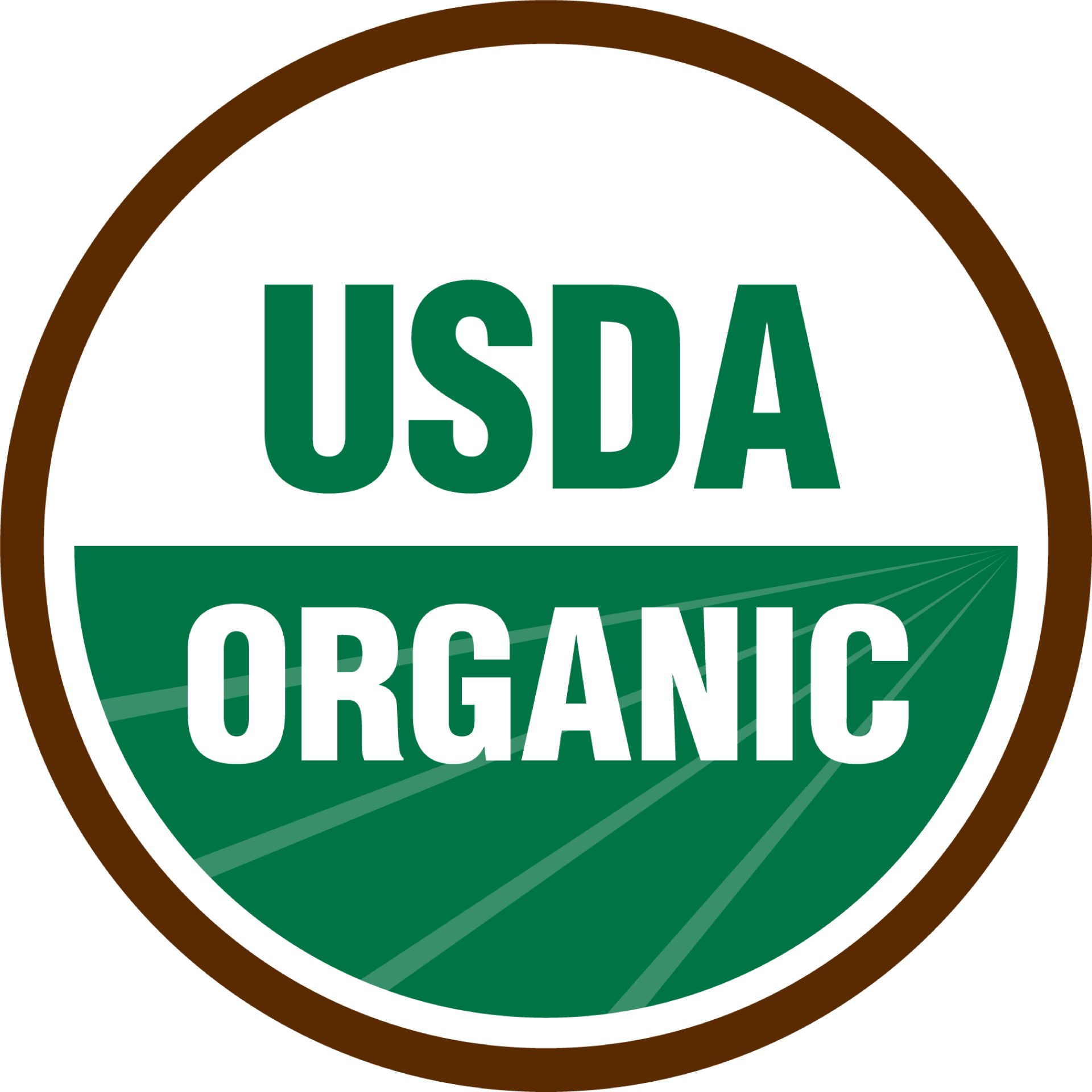ARTICLES
ARTICLES

By Jen Azevedo
•
30 Nov, 2023
Producing nutritious eggs from chickens involves various factors: Quality Feed : An organic, well-balanced diet, rich in nutrients is crucial. It typically includes grains, seeds, greens, and sometimes supplements. Organic and free-range feed might enhance the nutrient content of the eggs and stronger shells. Access to Greens : Allowing chickens access to greens, insects, and worms can improve the quality of their eggs. This provides them with additional vitamins and minerals. Clean Water : Access to clean, fresh water is essential for healthy egg production. Space and Environment : A spacious, clean, and stress-free environment is beneficial for the overall health of the chickens, impacting the quality of the eggs they lay. No Antibiotics or Harmful Substances : Minimizing the use of antibiotics and avoiding harmful substances in their feed or environment is crucial for producing healthy eggs. Genetics : Different breeds may lay eggs with slightly different nutritional profiles. Some breeds are known for producing eggs higher in certain nutrients like omega-3 fatty acids. Healthcare : Regular health check-ups and appropriate vaccination schedules ensure the chickens are healthy and produce good quality eggs.
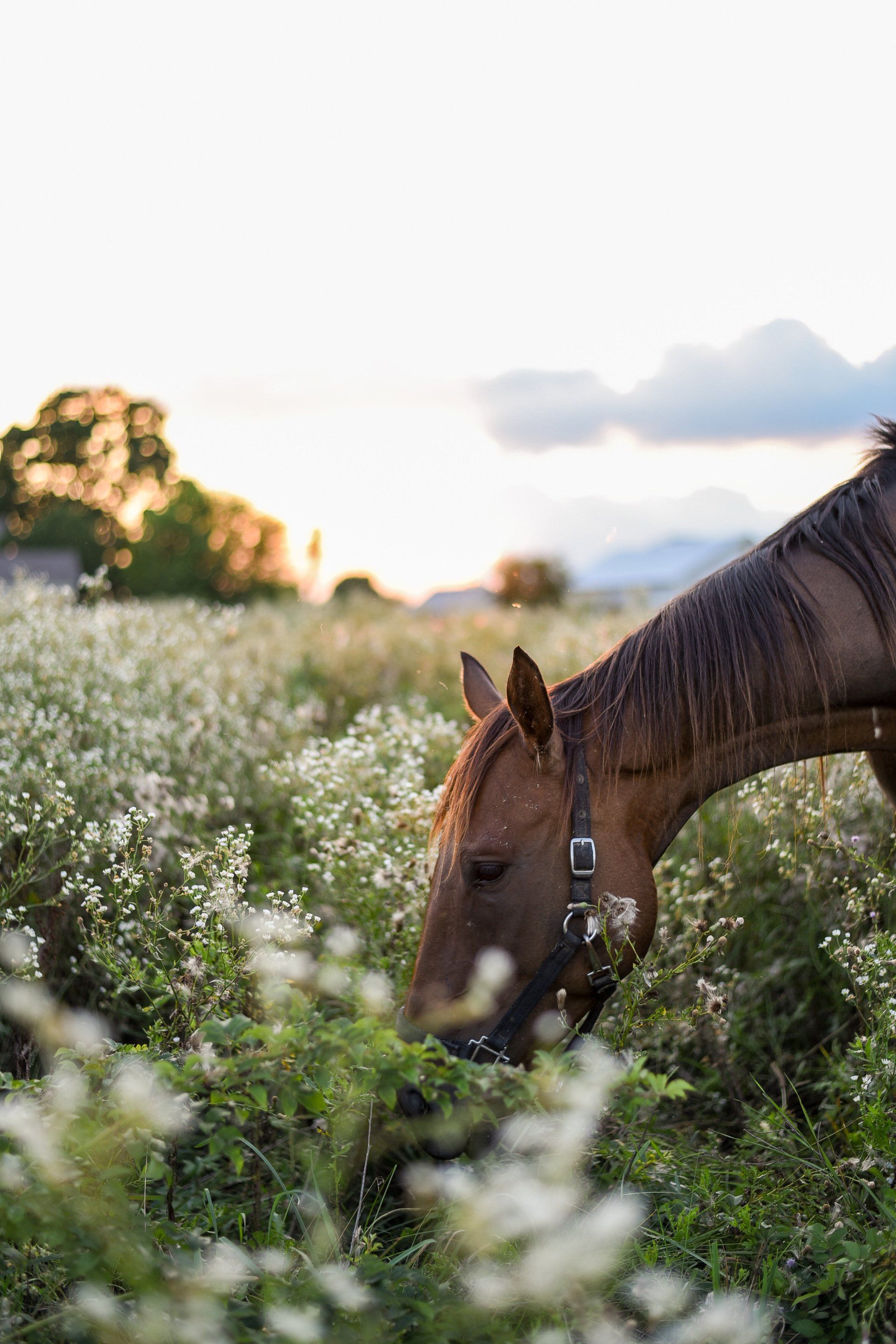
28 Mar, 2023
Published in Lavender Fields Magazine , January 2023 There are only two fatty acids that are called “essential,” meaning that they absolutely must be in the diet every day because the horse’s body cannot produce them. The first essential fatty acid is an omega 6, known as linoleic acid (LA) and the other is an omega 3, known as alpha-linolenic acid (ALA). Both have specific roles, however, omega 3s, in particular, are involved in functions such as: protecting the blood vessels, heart, lungs, digestive tract, bones, and joints. creating hormonal balance, including assisting with insulin resistance. promoting a healthy immune response and protection against allergies and skin problems. protecting the brain against inflammatory conditions, most notably PPID (Cushing’s disease) and leptin resistance. Organically grown feed has a lower detectable level of pesticides and herbicides. Exposure to these chemicals, especially over time, can be detrimental to your horse’s heath. Interestingly, nutrients such as antioxidants and omega 3 fatty acids are more plentiful in organic plants because they aren’t oxidized by commercial chemicals. COMING SOON! PRO Series by Pink Rose Organix is a nutrient dense and buildable feed system that utilizes only the best USDA-organic and scientifically proven ingredients to provide your horse with optimal nutrition. PhD formulated, PRO Series ensures your horse is getting the best balance of necessary ingredients for joint protection and immunity, skin and hoof integrity, growth and muscle development, fiber digestion and energy metabolism.
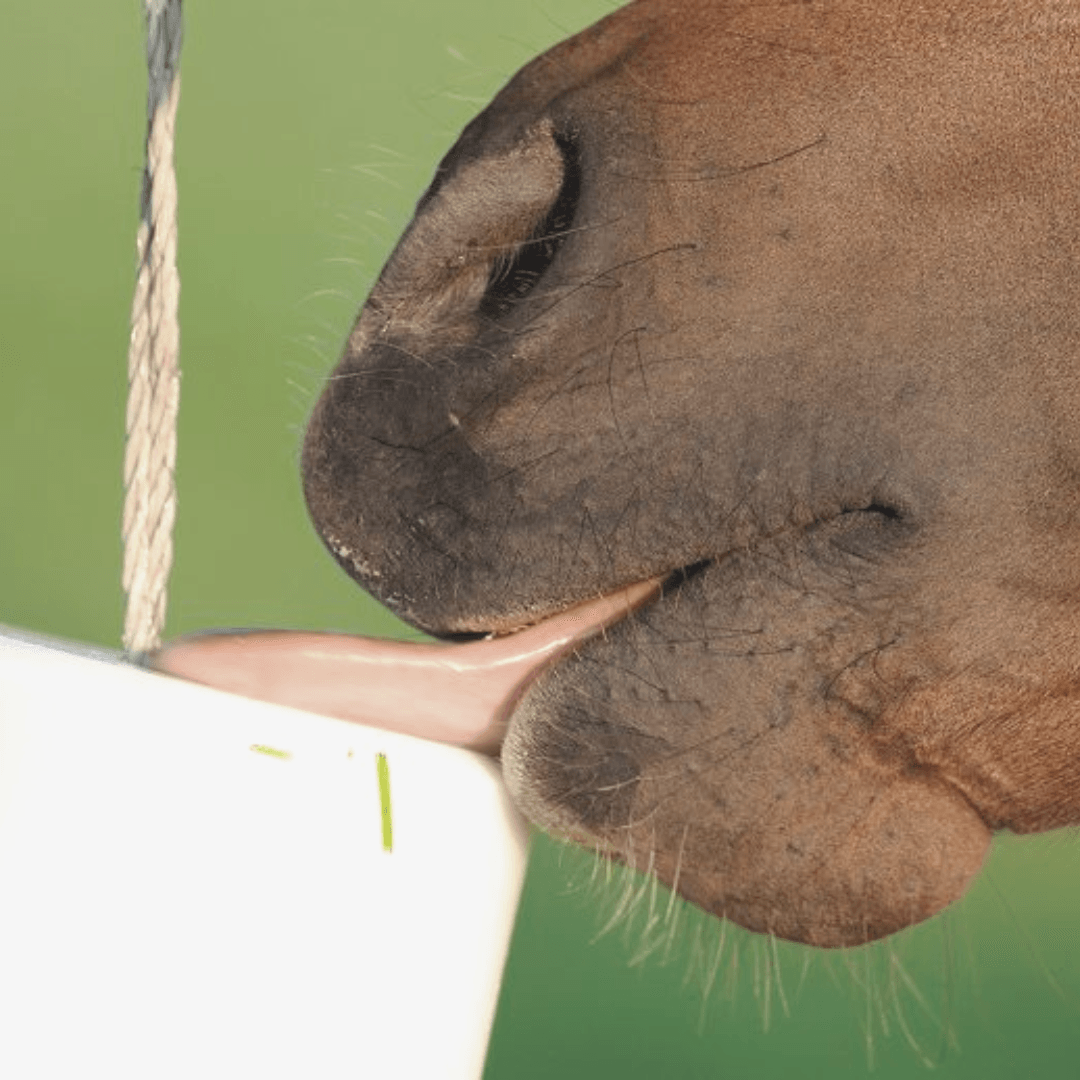
16 Dec, 2022
Published in Lavender Fields Magazine , December 2022 Access to salt, specifically a quality mineral salt lick or loose salt, is absolutely essential for horses. Hay and pasture grasses contain little salt, so providing a free-choice salt lick or loose salt helps sodium levels stay balanced and stimulates a horse to keep drinking. Without salt supplementation, some horses won’t consume enough water on their own, and risk becoming dehydrated—which may lead to impaction or other life-threatening problems. Salt is the most crucial mineral horses require—and most will self-regulate and consume enough to meet their needs without overindulging. Salt is also water-soluble, so a horse naturally balances salt intake by drinking water to flush out any excess. Active horses require 2-4 tbsp. of salt per day. Here are some tips to ensure your horse is getting enough: Granulated salt free choice Mined sea salt free choice A salt rock or lick Add up to 1 tbsp of salt of choice to supplements or grains at meal time(s) COMING SOON! PRO Series by Pink Rose Organix is a nutrient dense and buildable feed system that utilizes only the best USDA-organic and scientifically proven ingredients to provide your horse with optimal nutrition. PhD formulated, PRO Series ensures your horse is getting the best balance of necessary ingredients for joint protection and immunity, skin and hoof integrity, growth and muscle development, fiber digestion and energy metabolism.
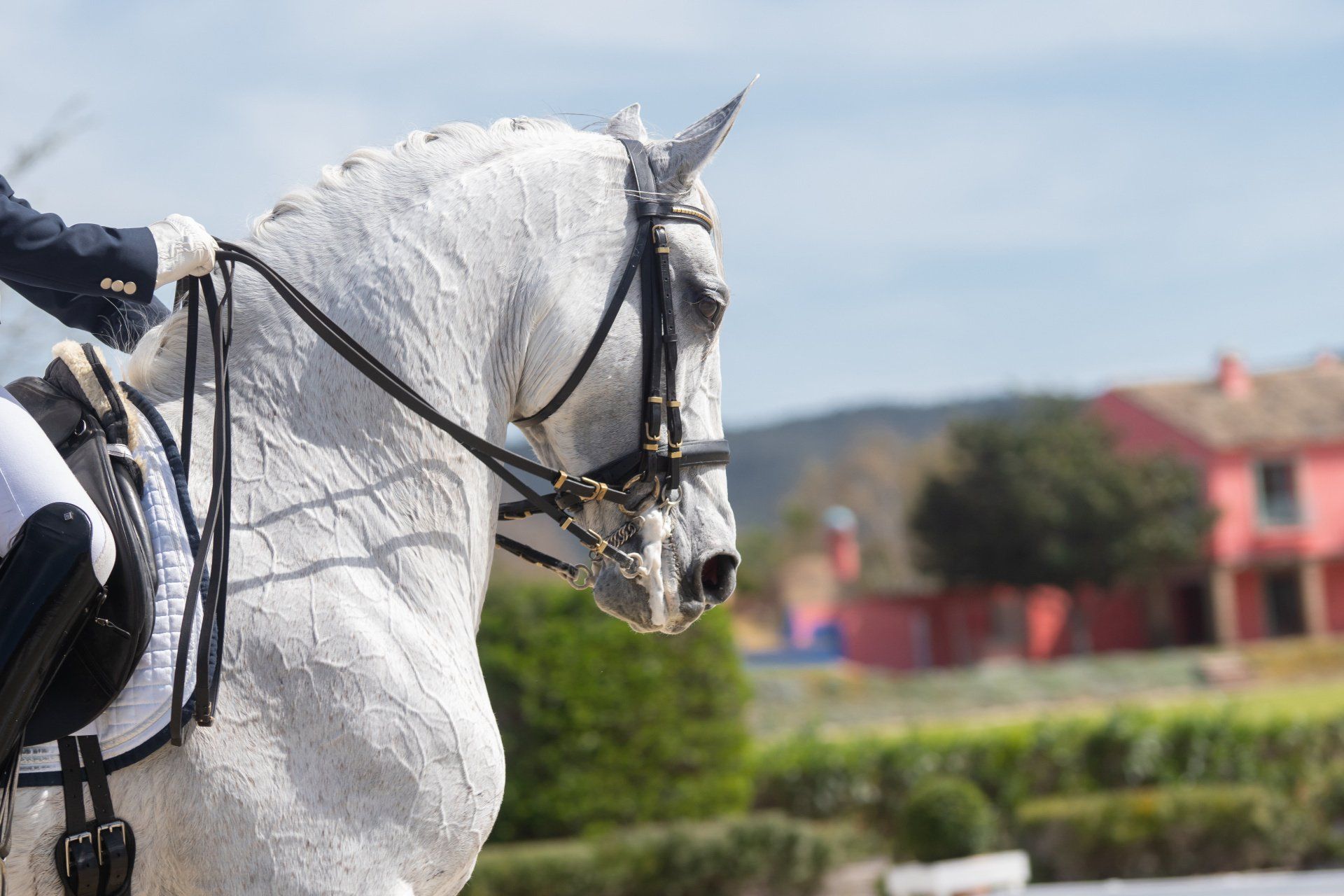
09 Nov, 2022
Published in Lavender Fields Magazine , November 2022 A postbiotic is: “a preparation of inanimate microorganisms and/or their components that confers a health benefit on the host”. Postbiotics can have a positive effect on the beneficial bacteria within the horse’s gut, which can support: mobility, digestion, and immunity. More than 70 percent of your horse’s immune system is found in their gut. That’s why gut health is linked to immune health. It’s also why probiotics, prebiotics, and postbiotics are an essential part of keeping your horses healthy. So what’s the difference between prebiotics, probiotics, and postbiotics? Probiotics are the “good” or “friendly” bacteria that promote a healthy digestive tract and work to break down and digest food. Prebiotics are fuel for probiotics, support their growth, and help the immune system keep bad bacteria under control. When you feed prebiotics to probiotics, you get postbiotics. Simply put, prebiotics + probiotics = postbiotics. ACHIEVE and ENGAGE, from PRO Series, contains postbiotics that have been research proven to help support normal, healthy gut, cecum and colon function by supporting cell growth, blood flow, and of the intestine activity. Pink Rose Organix Equine Boost & Balance is a USDA Certified Organic feed for an optimized digestive system and healthy hind gut. A delicious, prescriptive blend of organic proteins, oils, and fiber that works with your pasture or hay to boost digestive efficiency and balance the diet. Boost & Balance focuses on hind gut function; driving animal health, attitude, and positive, cool energy! COMING SOON! PRO Series by Pink Rose Organix is a nutrient dense and buildable feed system that utilizes only the best USDA-organic and scientifically proven ingredients to provide your horse with optimal nutrition. PhD formulated, PRO Series ensures your horse is getting the best balance of necessary ingredients for joint protection and immunity, skin and hoof integrity, growth and muscle development, fiber digestion and energy metabolism.

10 Aug, 2022
Published in Lavender Fields Magazine , August 2022 One of the best ways to evaluate your horse’s diet is to know what is in your hay. If you purchase at least two or more months’ worth of hay at a time, it is worth having it analyzed. Here are some common terms you will see when hay and nutrition are analyzed: Crude protein (CP) - an estimation of total protein based on the amount of nitrogen in the hay. Most grass hay contains 8 to 10% CP whereas legumes (e.g., alfalfa, clover, perennial peanut) can range from 17-20%. Grain hays (oat, rye) generally have a lower CP than grass hay. Acid detergent fiber (ADF) and Neutral Detergent fiber (NDF) - both measure fibers (there are 5 types). However, there is one type of fiber that is indigestible - lignin. The higher these two values, the more lignin the hay contains. The ideal ADF is less than 31%; ideal NDF is less than 50%. Non-Structural Carbohydrates (NSC) - the total amount of sugar, starch, and fructan. To obtain %NSC, add together %WSC (water soluble carbohydrates) + %Starch. If your horse needs to have a low sugar/low starch diet, the %NSC should be <13% on a dry matter basis. Water-soluble carbohydrates (WSC) - measures simple sugars and fructan levels. Ethanol-soluble carbohydrates (ESC) - a subset of WSC and gives you a better idea of the simple sugar level. WSC minus ESC provides a fair measurement of fructan levels. Starch - normally digested in the foregut down to individual glucose (blood sugar) molcules; therefore, it has a strong elevating effect on blood insulin levels. ESC + Starch should be less than 11% on a dry matter basis for a horse with equine metabolic syndrome or PPID (Cushing’s). Pink Rose Organix Equine Boost & Balance is a USDA Certified Organic feed for an optimized digestive system and healthy hind gut. A delicious, prescriptive blend of organic proteins, oils, and fiber that works with your pasture or hay to boost digestive efficiency and balance the diet. Boost & Balance focuses on hind gut function; driving animal health, attitude, and positive, cool energy!

22 Jul, 2022
Published in Lavender Fields Magazine , July 2022 Being a West Coast eventer means logging LOTS of miles with your equine partner in tow. And few spend more time on the road than the family behind Dragonfire Farm in Wilton, California, composed of three international eventers: mom Jen, dad Earl, and daughter Taylor McFall. In addition to routine treks up and down the West Coast, the family makes annual 1,200-mile pilgrimages to the big summer event at Rebecca Farms in Montana. And that’s just half the distance Jen thrice traveled to the Kentucky Three-Day Event with her great partner High Times, not to mention their overseas journey to contest Blenheim and trips to the East Coast including Jersey Fresh and Fair Hill. This year 19-year-old Taylor is plotting her own coast-to-coast conquest. After finishing just out of the medals in 2019, she has her sights set on once again representing Area VI at the USEF Young Rider Eventing Championship, taking place in November a mere -- wait for it! -- 2,700 miles away in Tryon, North Carolina. That’s almost 40 hours on the road, not counting stops. It’s no wonder the McFall family counts on Pink Rose Organix to keep their horses feeling their best upon arrival, no matter how far away the destination. “We know that we can always count on a consistently produced product from Pink Rose Organix, in their Boost and Balance pellets,” says Jen. “This feed is 100% organically produced to be perfectly palatable and digestible for our top performers as we traverse the great U.S. countryside in search of the best competitions for eventing. Our athletes count on the nutrition from Pink Rose Organix to perform at their best no matter the location or conditions we travel to. “We are so grateful to have found such a forward-thinking and revolutionary company to trust our beloved horses’ health with. From our mares and babies in our breeding program, all the way to Advanced eventing horses, everyone benefits from Pink Rose at Dragonfire Farm.” Pink Rose Organix Equine Boost & Balance is a USDA Certified Organic feed for an optimized digestive system and healthy hind gut. A delicious, prescriptive blend of organic proteins, oils, and fiber that works with your pasture or hay to boost digestive efficiency and balance the diet. Boost & Balance focuses on hind gut function; driving animal health, attitude, and positive, cool energy!
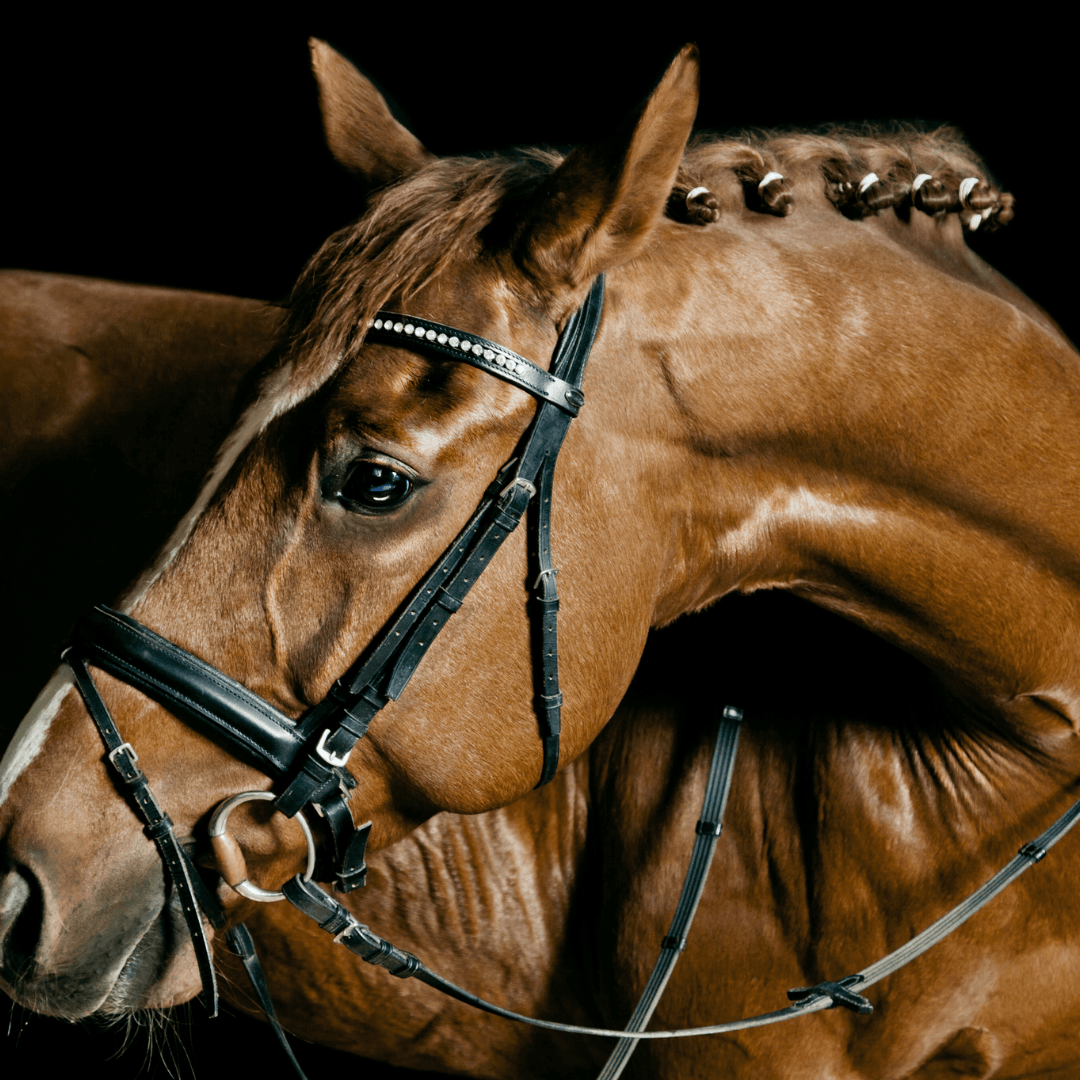
03 Jun, 2022
Published in Lavender Fields Magazine , June 2022 Maintaining appropriate muscling is vital to overall health and athleticism. Amino acids, which make up proteins, are the basic building blocks of muscle. Horses must consume at least nine essential amino acids in their diets, and the remainder they can make on their own. Feeding to build muscle, however, does not mean that we feed excessive protein to horses, attempting to flood their systems with the essentials to maximize muscle building. The daily amount of protein intake recommended by the National Research Council currently is relatively low, a minimum of 10.6% protein in a horse’s daily ration. Quality pasture, hay, and organic concentrated feeds are more than adequate at fulfilling the essential amino acid requirements of the average horse. When performance demands increase the protein requirement, whether through exercise or reproduction, consider supplementing protein. This can be accomplished with an organic concentrated feed. In addition to protein, look for: Omega-3 fatty acids facilitates skeletal muscle repair Vitamin E Yeast fermentates Pink Rose Organix Equine Boost & Balance is a USDA Certified Organic feed for an optimized digestive system and healthy hindgut. A delicious, prescriptive blend of organic proteins, oils, and fiber that works with your pasture or hay to boost digestive efficiency and balance the diet. Boost & Balance focuses on hindgut function; driving animal health, attitude, and positive, cool energy!
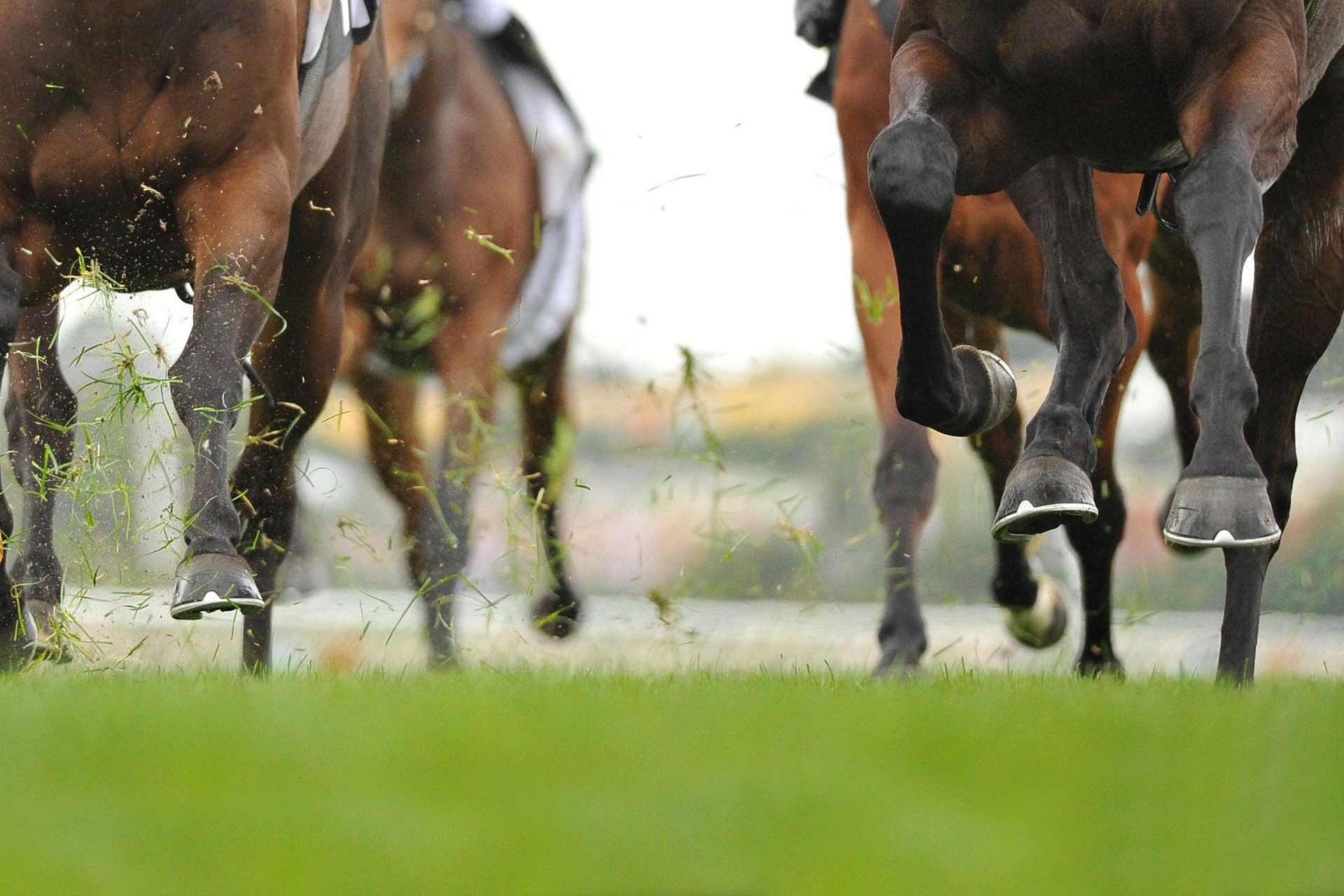
09 May, 2022
Published in Lavender Fields Magazine , May 2022 The appearance of the hoof is a reflection of the horse’s environmental health and nutritional state. Many factors can affect hoof health but nutrition plays a starring role. +Nutrient intake, at the proper levels, has been shown to stimulate excellent hoof growth. A properly balanced ration is critical when feeding your sport horse. Durability and quality of the horn that makes up the hoof is primarily driven by your horse’s diet. Quality proteins are critical! The primary protein for equine hoof development is keratin. Proper keratinization (binding of hoof horn) requires several nutrients, amino acids (the building blocks of protein), minerals like calcium, zinc, and iodine, and vitamins, most notably biotin. A horse with a healthy hindgut will produce all the biotin it can consume as a by product of the microbial bacteria. It simply can’t be said enough…healthy hooves are synonymous with keeping the hindgut healthy. Sport horses require both a long stem fiber source and supplemental nutrition to ensure nutrients are pulled properly from their diet. Organic vitamin and mineral supplementation will support growth rates of the hoof. These required nutrients can be found in natural, organic ingredients that are bio-available to the equine system. For example: Organic sesame meal is a great source for healthy keratin Organic coconut is an excellent source of medium-chain fatty acids Organic peas contain Zinc to control protein metabolism Organic alfalfa meal can provide a good source of calcium The hoof grows slowly, usually about a third of an inch per month. This slow growth rate means that what your horse eats today will impact the health of the hoof long into the future. Give your horse the nutrition it needs to develop healthy hooves and create an environment in which it can thrive! Pink Rose Organix Equine Boost & Balance is a USDA Certified Organic feed for an optimized digestive system and healthy hindgut. A delicious, prescriptive blend of organic proteins, oils, and fiber that works with your pasture or hay to boost digestive efficiency and balance the diet. Boost & Balance focuses on hindgut function; driving animal health, attitude, and positive, cool energy!
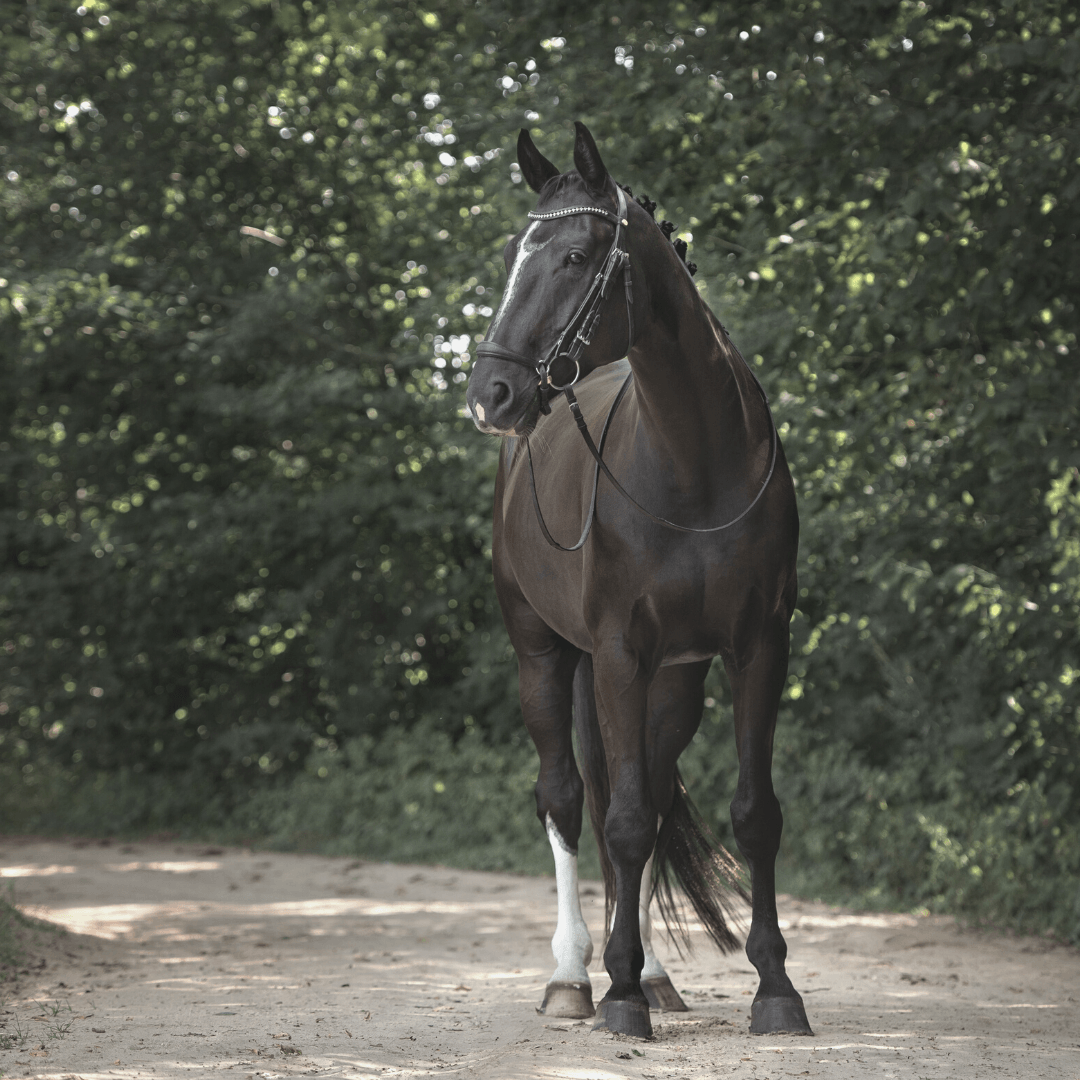
06 Apr, 2022
Published in Lavender Fields Magazine , April 2022 Pre-biotics provide support and energy to the ‘good’ bacteria in the gastro-intestinal tract. Good bacteria in the gut compete with pathogenic bacteria and inhibit the growth of the pathogenic “bugs.” By supporting good bacteria in the digestive system, the horse is able to efficiently absorb the nutrients in feed. A reliable source of pre-biotics is live yeast cultures. Yeast culture products contain proteins that include enzymes such as protease and amylase, which help horses, especially young horses, digest fiber. These cultures are often combined with bacterial fermentation products. Dead yeast cultures, such as brewer’s yeast, do not provide the same benefits as live cultures. Benefits of pre-biotics include: Improved gut health Improved feed efficiency Improved digestion Improved nutrient absorption Reduced risk of digestive upsets Reduced stress impact during competition or diet changes Pink Rose Organix Equine Boost & Balance is a USDA Certified Organic feed for an optimized digestive system and healthy hind gut. A delicious, prescriptive blend of organic proteins, oils, and fiber that works with your pasture or hay to boost digestive efficiency and balance the diet. Boost & Balance focuses on hind gut function; driving animal health, attitude, and positive, cool energy!
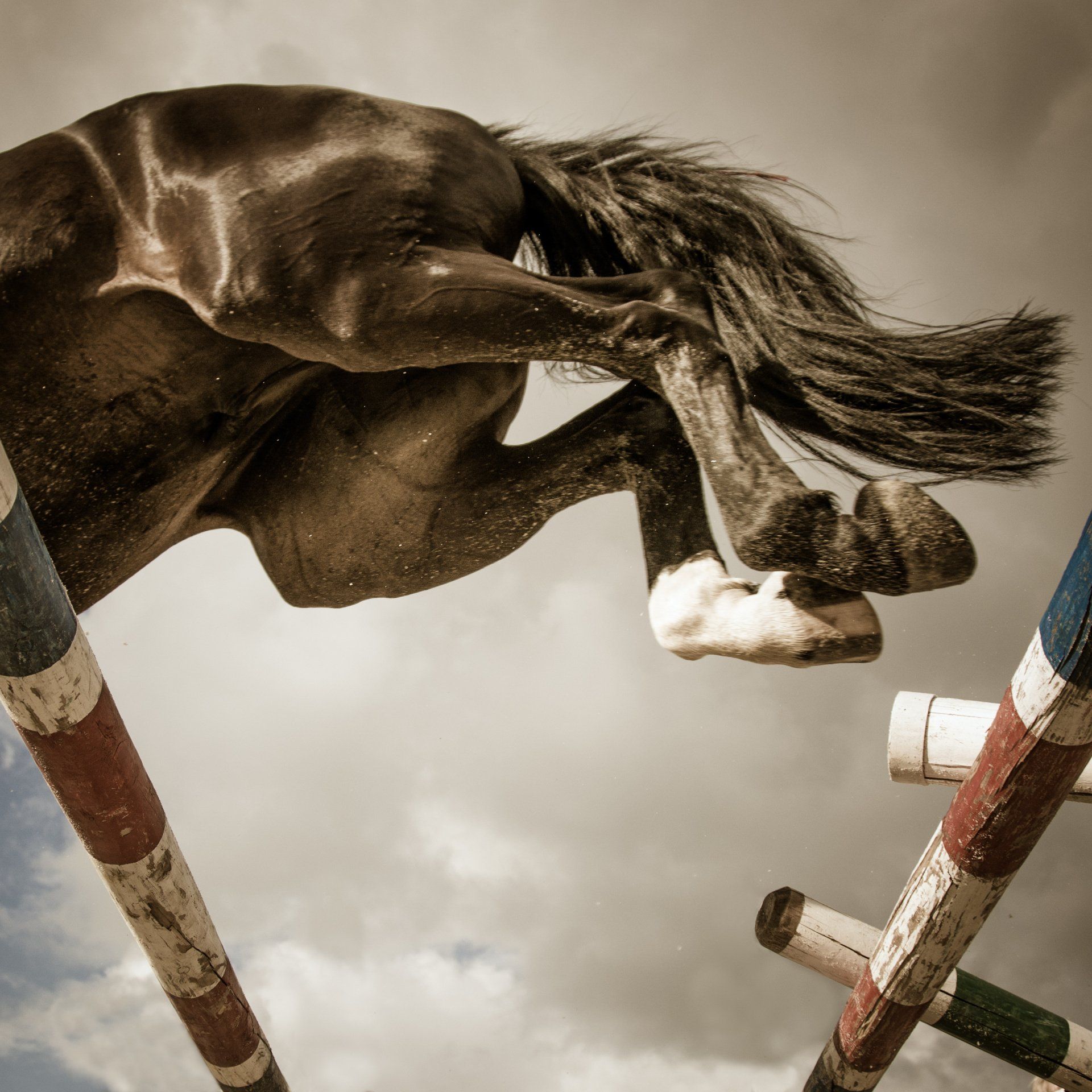
10 Mar, 2022
Published in Lavender Fields Magazine , March 2022 Energy is a measure of a feed’s potential to drive body functions. How much energy does the performance horse need? Measured in two ways: Mcal is Metabolized calories and DE is Digestible Energy. According to the National Research Council’s Nutrient Requirements for Horses (2007), horses in the following work catergories need roughly: Non-working - 16 Mcal of DE per day Light work (one to three hours of riding per week) - 20 Mcal DE per day Moderate work (three to five hours of work per week, with some skill work such as jumping or cutting) - 23 Mcal DE per day Heavy work (four to five hours of riding per week, with substantial portions spent at the canter or doing skill work) - 26 Mcal DE per day Very heavy work (six to 12 hours of work per week) - 34 Mcal DE daily The amount of calories required for a performance horse can not be provided by hay alone. For example, a medium-quality timothy hay provides about 0.8 Mcal of DE per pound. For our Eventers to meet their calorie needs (say, 32 Mcal), the horse would need to consume 40 pounds of hay per day! A horse is not physically able to eat that amount of hay. How do you meet the caloric needs of the performance horse? With a concentrate that provides balanced energy sources in the form of —starch, fat, fiber, and protein. When choosing organic concentrates, your energy sources are provided by whole foods. Which, gives a more complete amino acid profile and energy content of the diet. Meaning, more balanced and healthy calories are bio-available for your horse. Pink Rose Organix Equine Boost & Balance is a USDA Certified Organic feed for an optimized digestive system and healthy hind gut. A delicious, prescriptive blend of organic proteins, oils, and fiber that works with your pasture or hay to boost digestive efficiency and balance the diet. Boost & Balance focuses on hind gut function; driving animal health, attitude, and positive, cool energy!

